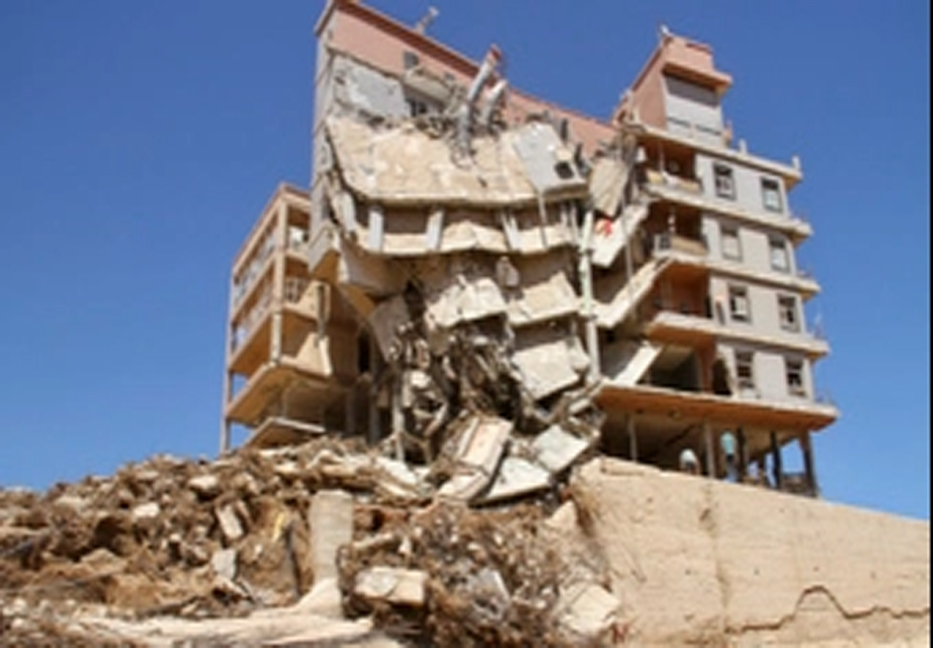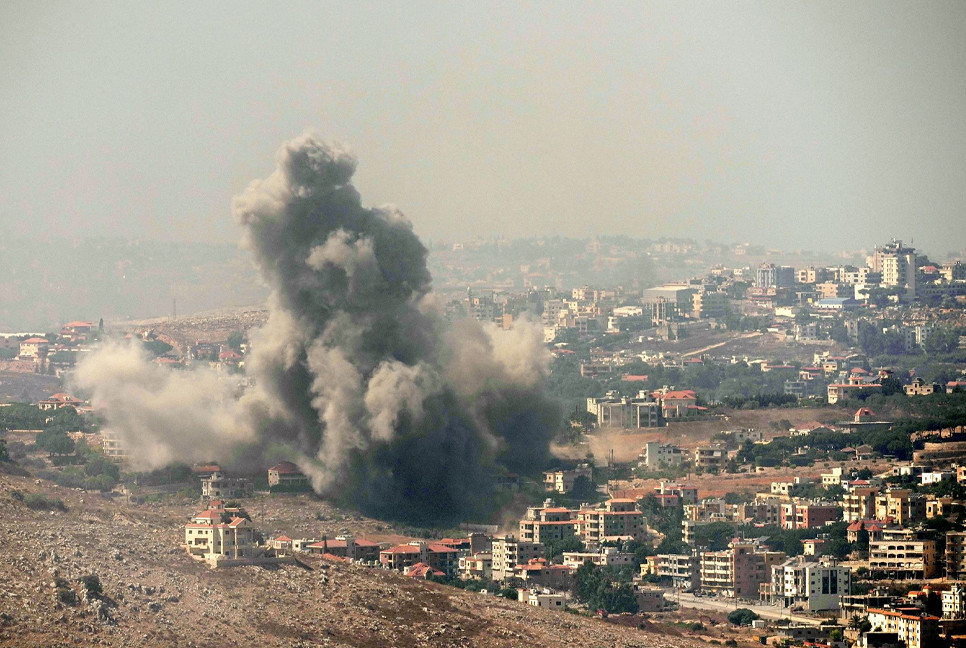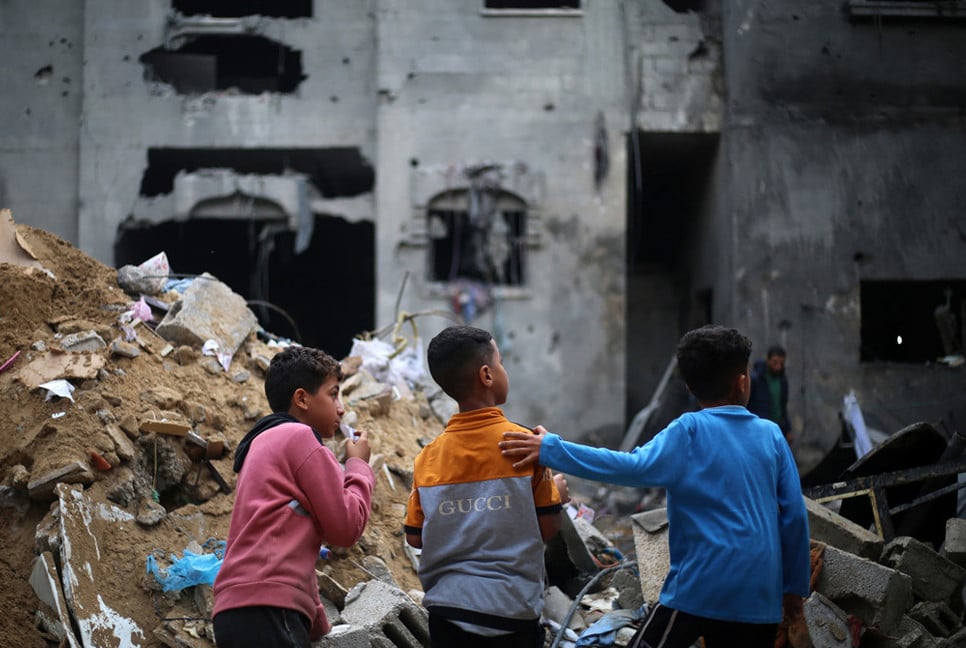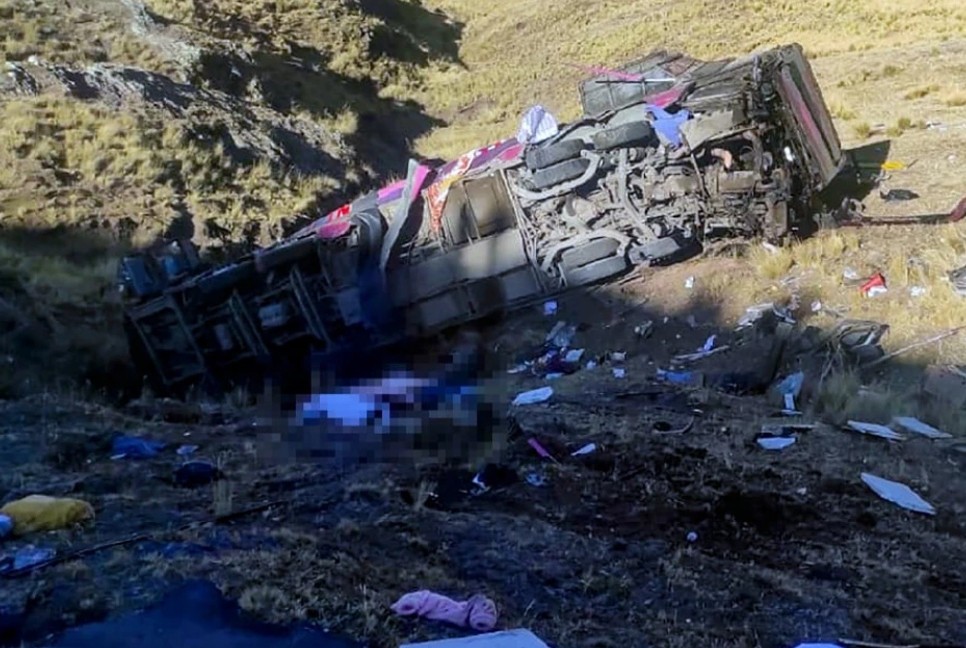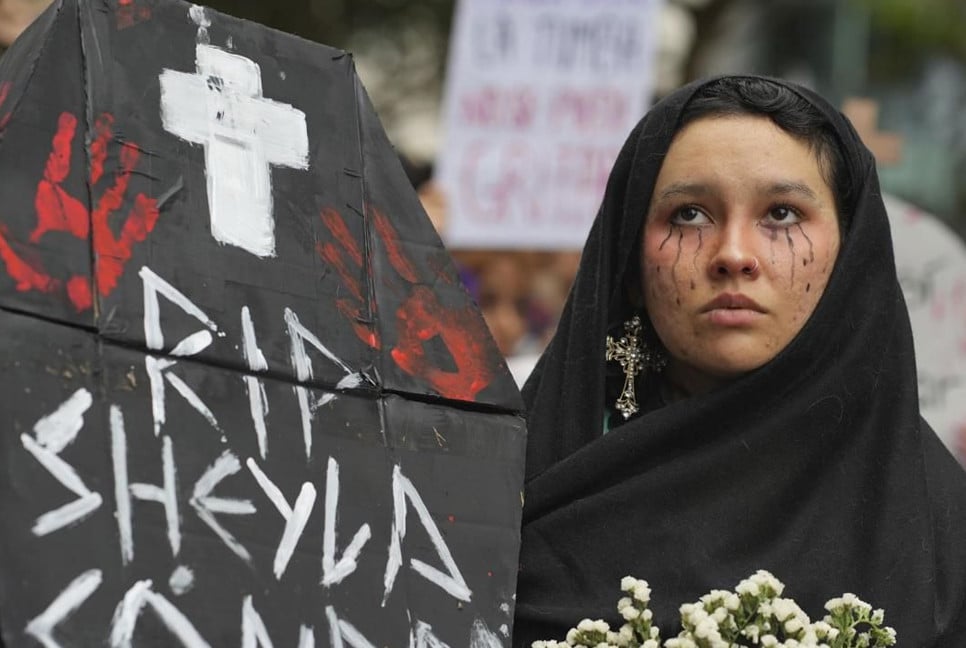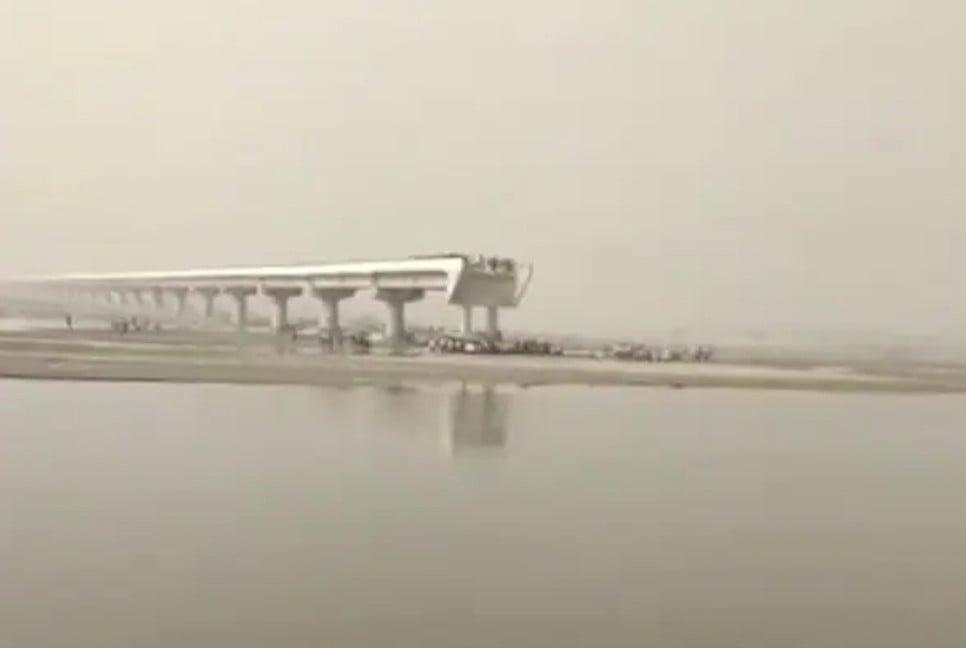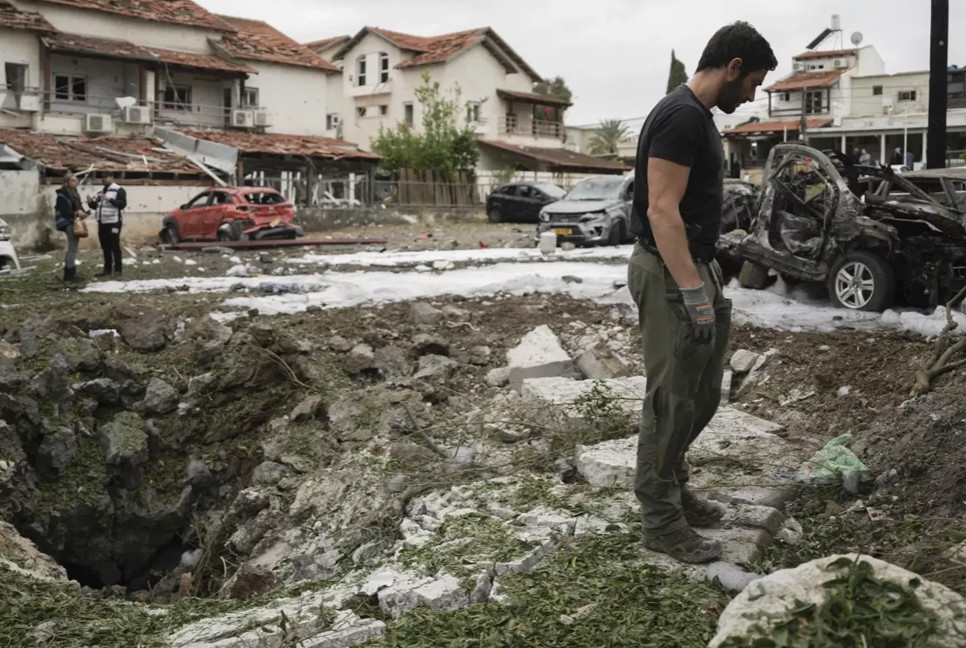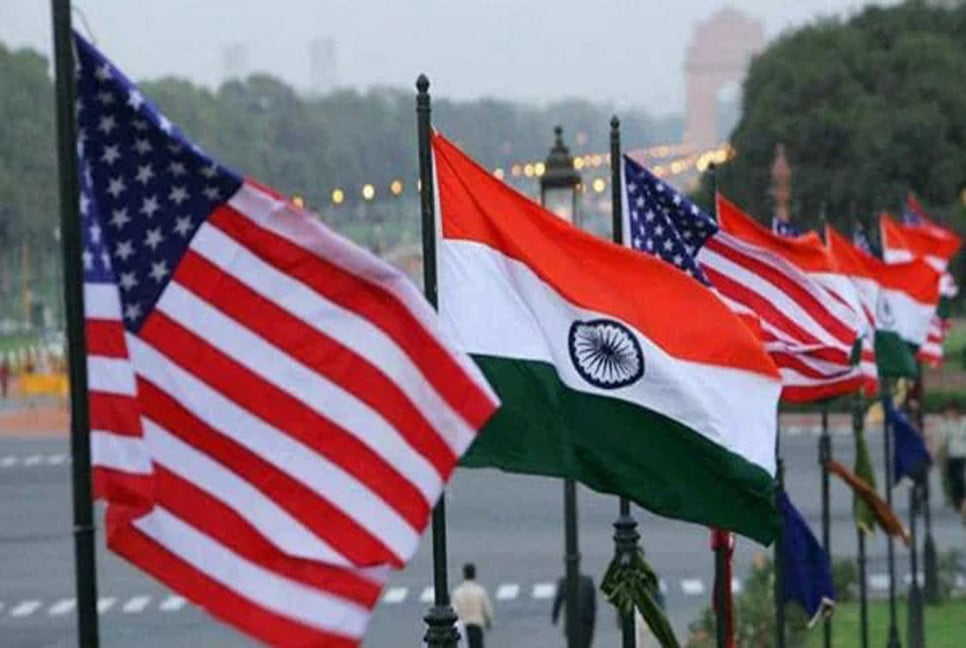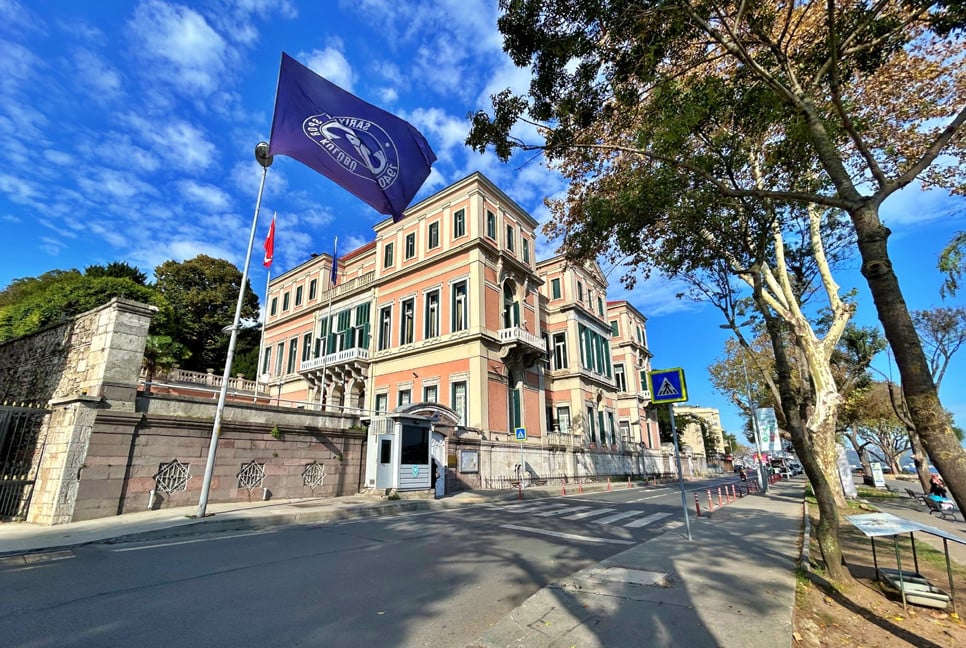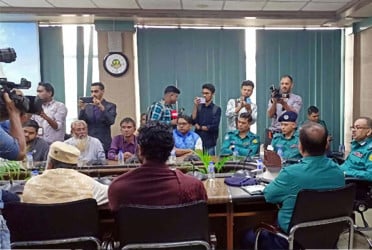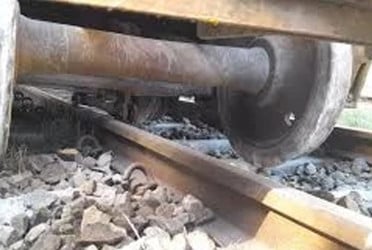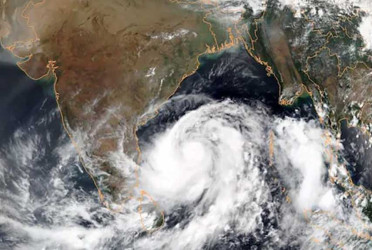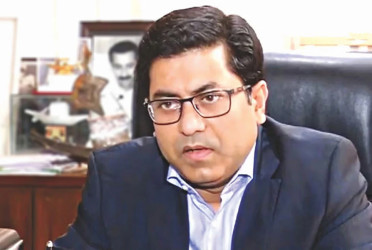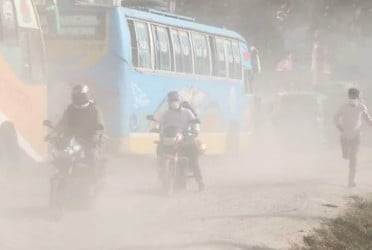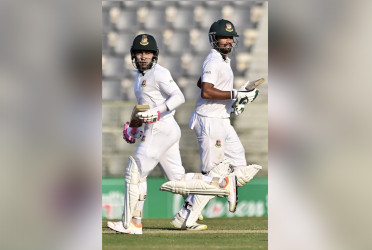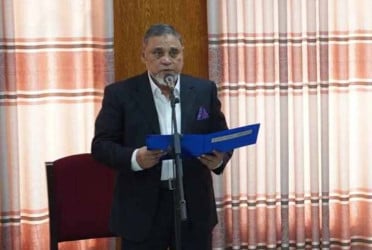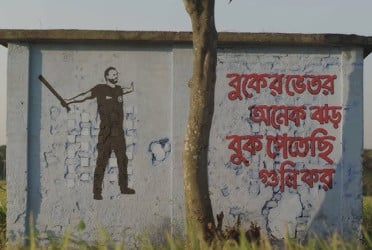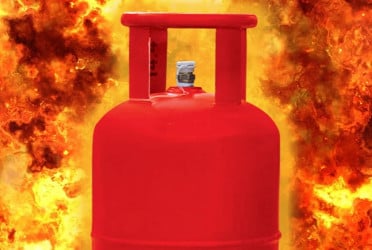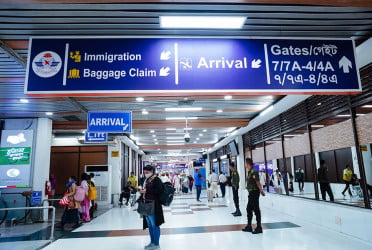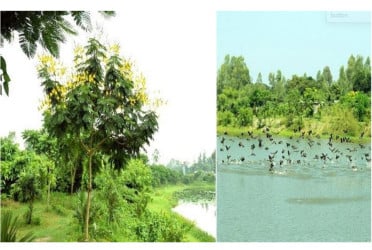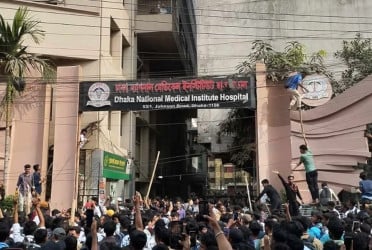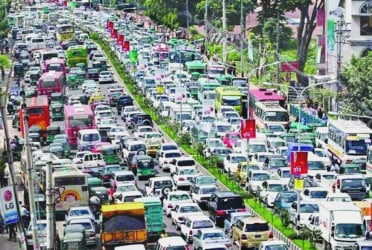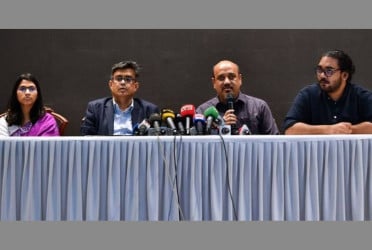The death toll in devastating flood in Libya's coastal city of Derna has risen to 11,300 as search efforts continue following a massive flood fed by the breaching of two dams in heavy rains, the Libyan Red Crescent said Thursday.
Marie el-Drese, the aid group's secretary-general, told The Associated Press by phone that a further 10,100 people are reported missing in the Mediterranean city. Health authorities previously put the death toll in Derna at 5,500. The storm also killed about 170 people elsewhere in the country, reports AP.
The flooding swept away entire families in Derna on Sunday night and exposed vulnerabilities in the oil-rich country that has been mired in conflict since a 2011 uprising that toppled long-ruling dictator Moammar Gadhafi.
Here's a look at where things stand:
WHAT HAPPENED IN LIBYA?
Daniel, an unusually strong Mediterranean storm, caused deadly flooding in communities across eastern Libya, but the worst-hit was Derna. As the storm pounded the coast Sunday night, residents said they heard loud explosions when two dams outside the city collapsed. Floodwaters gushed down Wadi Derna, a valley that cuts through the city, crashing through buildings and washing people out to sea.
A U.N. official said Thursday that most casualties could have been avoided.
“If there would have been a normal operating meteorological service, they could have issued the warnings," World Meteorological Organization head Petteri Taalas told reporters in Geneva. "The emergency management authorities would have been able to carry out the evacuation.”
The WMO said earlier this week that the National Meteorological Center issued warnings 72 hours before the flooding, notifying all governmental authorities by email and through media.
Officials in eastern Libya warned the public about the coming storm, and on Saturday, they ordered residents to evacuate coastal areas, fearing a surge from the sea. But there was no warning about the dams collapsing.
HOW DOES CONFLICT IN LIBYA AFFECT THE DISASTER?
The startling devastation reflected the storm’s intensity, but also Libya’s vulnerability. Oil-rich Libya has been divided between rival governments for most of the past decade — one in the east, the other in the capital, Tripoli — and one result has been the widespread neglect of infrastructure.
The two dams that collapsed outside Derna were built in the 1970s. A report by a state-run audit agency in 2021 said the dams had not been maintained despite the allocation of more than 2 million euros for that purpose in 2012 and 2013.
Libya's Tripoli-based Prime Minister, Abdul-Hamid Dbeibah, acknowledged the maintenance issues during a Cabinet meeting Thursday and called on the Public Prosecutor to open an urgent investigation into the dams' collapse.
The disaster brought a rare moment of unity, as government agencies across the country rushed to help the affected areas.
While the Tobruk-based government of eastern Libya is leading relief efforts, the Tripoli-based western government allocated the equivalent of $412 million for reconstruction in Derna and other eastern towns, and an armed group in Tripoli sent a convoy with humanitarian aid.
WHAT'S GOING on NOW?
Derna has begun burying its dead, mostly in mass graves, said eastern Libya’s health minister, Othman Abduljaleel on Thursday.
More than 3,000 bodies were buried by Thursday morning, the minister said, while another 2,000 were still being processed, He said most of the dead were buried in mass graves outside Derna, while others were transferred to nearby towns and cities.
Abduljaleel said rescue teams were still searching wrecked buildings in the city center, and divers were combing the sea off Derna.
Untold numbers could be buried under drifts of mud and debris, including overturned cars and chunks of concrete, that rise up to 4 meters (13 feet) high. Rescuers have struggled to bring in heavy equipment as the floods washed out or blocked roads leading to the area.
Libya's eastern based parliament, The House of Representatives, on Thursday approved an emergency budget of 10 billion Libyan dinars — roughly $2 billion — to address the flooding and help those affected.
HOW MANY PEOPLE HAVE BEEN KILLED?
As of Thursday, the Libyan Red Crescent said that 11,300 people have been killed, and a further 10,100 are reported missing.
However, local officials suggested that the death toll could be much higher than announced.
In comments to the Saudi-owned Al Arabia television station on Thursday, Derna Mayor Abdel-Moneim al-Ghaithi said the tally could climb to 20,000 given the number of neighborhoods that were washed out.
The storm also killed around 170 people in other parts of eastern Libya, including the towns of Bayda, Susa, Um Razaz and Marj, the health minister said.
Bd-pratidin English/Lutful Hoque

